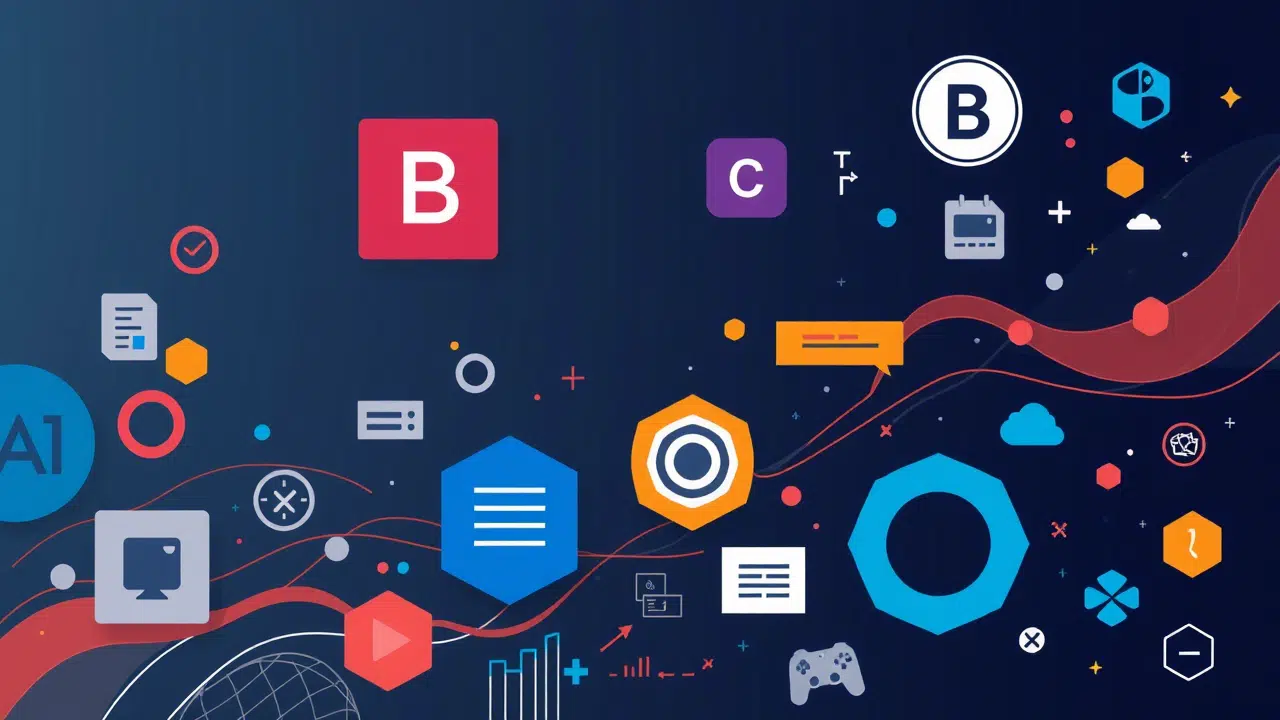By Michael P. Asefon
Introduction: Uniting Creativity and Code
In the evolving landscape of digital product design, UI/UX engineering is the critical bridge between creative vision and technical execution. Frameworks like Bootstrap and Material Design enable teams to harmonize aesthetics with functionality, streamline collaboration, and deliver seamless user experiences. When designers and developers work from a unified component library, organizations have reported a 25% reduction in bounce rates, thanks to responsive design and faster load times.
Drawing on my experience in crafting intuitive interfaces for high-traffic web applications, this article explores how these frameworks drive measurable improvements in user engagement and development efficiency.
1. Responsive Design: Cutting Bounce Rates by 25%
Modern Users Expect Flawless Experiences
In today’s multi-device world, users expect websites and apps to look and perform flawlessly whether on desktop or mobile. Research shows that 57% of visitors abandon sites that lack mobile responsiveness. Bootstrap and Material Design directly address these challenges:
- Bootstrap’s Grid System:
Bootstrap’s robust grid system enables rapid creation of responsive layouts that adapt seamlessly to any screen size—from expansive desktops to compact smartphones. Pre-built components such as navbars, cards, and modals ensure consistency across the design while allowing for customization where needed. - Material Design’s Adaptive Guidelines:
Google’s Material Design provides a unified design language complete with motion, depth, and built-in accessibility features. Its guidelines, which cover typography, color, and component behavior, help ensure that user interfaces remain consistent and intuitive across platforms.
Case Study:
A fintech app redesigned its onboarding flow using Bootstrap’s responsive grid paired with Material Design’s typography and spacing scales. Within three months, mobile bounce rates dropped by 25%, a change attributed to faster load times and more intuitive navigation.
2. Collaboration Tools: Uniting Designers and Developers
Bridging the Gap Between Creative and Code
Misalignment between design and engineering teams is a common pain point that can slow down product development. Both Bootstrap and Material Design offer solutions to streamline this collaboration:
- Design Systems:
Material Design’s Figma and Adobe XD kits—along with Bootstrap’s Sketch libraries—ensure that both designers and developers work from the same component library. This shared visual language minimizes discrepancies during handoff. - Code-Ready Prototypes:
Bootstrap’s Sass variables and Material Design’s integration with Angular or React allow designers to create pixel-perfect mockups that translate directly into code. This reduces manual adjustments and speeds up the development process. - Version Control and Collaboration:
Utilizing shared repositories (e.g., GitHub) that house Bootstrap or Material Design templates enables real-time collaboration and minimizes feedback loops. For instance, one SaaS startup used Material Design’s Figma plugin to generate React code snippets, slashing design-to-development handoff time by 40%.
3. Best Practices for Maximizing Impact
To fully harness the power of these frameworks, teams should consider the following strategies:
Performance Optimization
- Modular Imports: Use Bootstrap’s modular imports to load only the necessary CSS and JavaScript, thereby reducing page weight.
- Lazy Loading: Apply Material Design’s lazy-loading patterns to images and components, ensuring quick initial loads.
Accessibility
- Built-In Features: Leverage Material Design’s ARIA labels and Bootstrap’s focus states to meet WCAG compliance, ensuring a more inclusive user experience.
Customization
- Theming: Customize default themes—either by overriding Bootstrap’s styles or using Material Design’s theme builder—to align with your brand identity without reinventing the wheel.
4. Tools for Seamless Workflows
Several tools can further streamline the collaboration between design and development:
- Bootstrap Studio:
A drag-and-drop builder that accelerates the prototyping of responsive layouts. - Material Theme Builder:
This tool generates custom color palettes and typography scales to ensure a consistent look and feel. - Storybook:
An environment for isolating and testing UI components from both frameworks, helping teams identify issues before deployment.
Conclusion: Empowering Teams Through Unified Design
Bootstrap and Material Design are more than just frontend libraries, they’re catalysts for collaboration and innovation. By combining the responsive power of Bootstrap with the adaptive precision of Material Design, teams can reduce bounce rates, accelerate time-to-market, and create digital experiences that users love. In a world where the lines between design and development continue to blur, these frameworks provide a blueprint for harmony, ensuring that both creativity and code work hand in hand.





